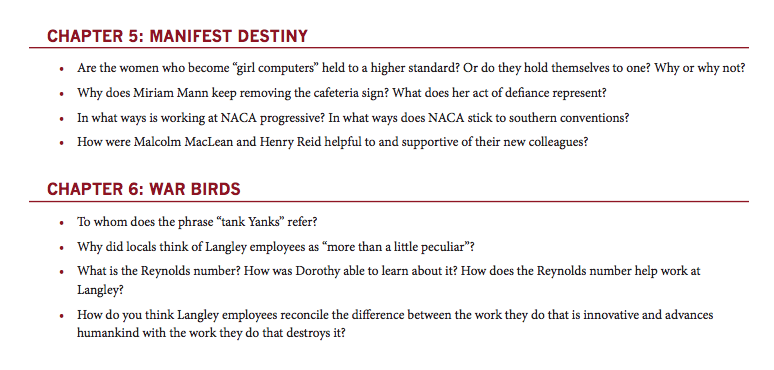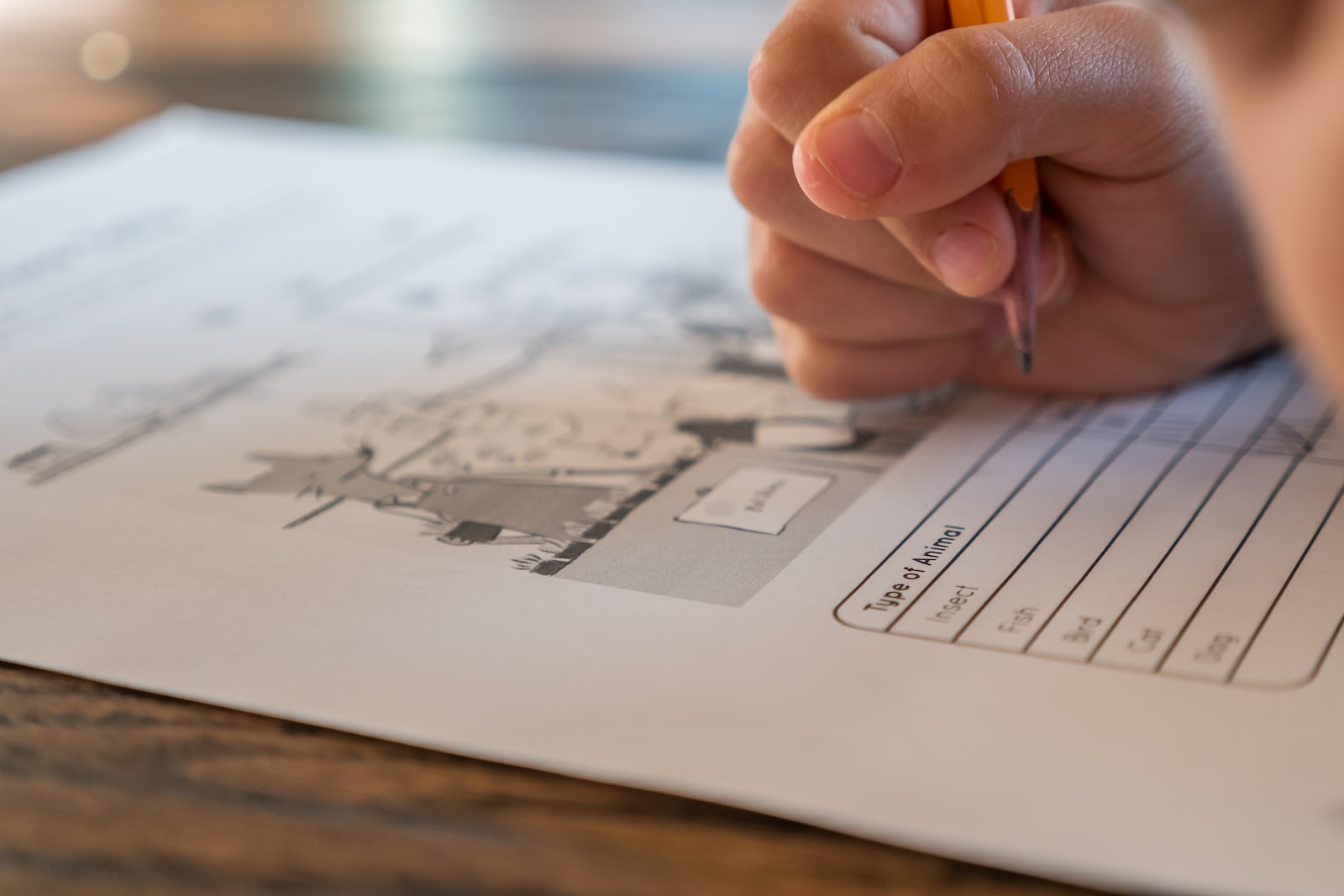
The benefits of reading aloud are numerous and it’s a great activity to include in a daily home-ed schedule.
- Improved pronunciation and vocabulary
The obvious benefit but such an important one! The more confident children are with pronouncing words, the more they’ll include those words in their daily vocabulary. Listening to you read aloud to them models the vocabulary, helps them figure out pronunciations and gives you the chance to recap meaning of vocabulary as you go. A homeschooler reading aloud to you is practicing pronunciation of new words, practicing the act of reading unfamiliar text while instantly speaking that text and can have fun with accents, taking on the character roles.
- Increases comprehension
Reading aloud is a great way to include books that are above your child’s reading age – it is easier to understand when that is the only task. Reading themselves they must focus on the act of reading as well as comprehending the text; being read to allows them to focus only on the comprehension of the words. (In a similar way to how typing can help struggling writers and why audiobooks are also an effective home leaning tool.)
- Active Listening
Active listening is an important skill to learn that will help across subjects (and socially). Podcasts are another useful teaching tool to improve active listening skills and can be used to add (bonus) listening exercises into any subjects’ lesson. (Again this applies to audiobooks, too.)
- Increases concentration spans
- Boosts Memory
Numerous research has shown links between reading aloud and memorisation. Studies show we consistently remember words and texts better if read aloud than if read silently. The active listening aspect of reading aloud in homeschool is beneficial, leading to better processing (comprehension and memory retention) of the words.
- Incorporate Study Topics
Novels that relate to the topic being studied are a simple way to make studying fun. From explaining current affairs to making history come alive, adding a read-aloud book into topic studies makes lessons a more immersive experience.
Book shops and publishers always have good lists to start from when looking for a reading book that ties in with a specific topic, like this list by Penguin which has suggestions for novels that could be incorporated into a study of The Romans, Egyptians or Tudors, or this great list of 100 books to read which could become a read-aloud curriculum plan throughout secondary school.
Book publishing websites are also great sources for home-ed teaching material. For example, the Harper Academic website has teaching guides, to accompany books, that function as complete grab-and-go lessons plans…
- Productive Downtime in a Hectic Day
Reading with my homeschoolers is the only ‘lesson’ where I feel more Parent than Teacher. The objective of the lesson proves itself. There’s nothing to analyse from a teaching perspective so I can just enjoy the lesson as their parent, because we don’t need a teacher for this class. It’s good for all of us to feel the parent/teacher balance swing away from the classroom at points in the school day.
Taking a day off from lessons to curl up and read books all day, is a day that feels like a hug from the homeschool universe. I actively plan days like this (often when time we’re starting to feel the need for a home-ed break or a study week) but ‘read all day’ is also my number one fall-back-upon strategy if I’m out of lesson filler ideas.
Curl up with blankets in the winter, stretch out on the grass in the sun in the summer, swing an arm around their shoulders as your fingers guide the words… even when they’re too advanced to really need that kind of help anymore. Make read-aloud time a time for connection and downtime together – not ‘school’.
How to Read-Aloud in your Homeschool
Including time in the schedule to read aloud every day is a simple way to enhance your homeschool.
Read books your homeschoolers might not read themselves because it’s not their preferred genre or because the vocabulary feels challenging.
Read books that link to a curriculum topic or highlight an issue you wish to introduce them to. Read books that are funny and sad, factual and fiction; explore genres and styles and themes.
- Schedule a time everyday to read aloud together. The more often a task is repeated the more confidence we gain – make reading aloud a daily routine and watch their confidence grow.
Our homeschool schedule is loosely written, lessons aren’t really timetabled. We might start the day reading before breakfast, slot it in while Mr 2 naps or end the day with a group reading but the practice of reading aloud has become as second nature to our days as having lunch or playing Wordle – we might get to it late but it’s rare that we’ll skip it because someone will point out we have. It needn’t take long – we tend to stick to three chapters/20minutes reading per person… unless it’s a book like Mr Gum which just asks to be read in one session.
- Talk about chapters after reading – explore the language, the vocab, the feelings the passage evoked, and how that particular chapter enhanced and moved on the plot. What’s coming next?
- Share the reading! You read one chapter, they read the next (or ‘Rock, Paper, Scissors’ to choose who reads first)
- Take it in turns to choose the book (choosing from a pre-approved list)
- Do the voices! The best part about reading aloud is the fun to be had with character voices and narration styles
- Read multiple books at the same time
No matter how good the book, sometimes you’re just not in the mood for it. Having a couple of read-aloud books on the go allows you to offer students a choice between books, leading to less resistance even if they don’t really feel like reading. Different genres, different authors, different moods.
- Read together
Photocopy pages of the book and assign characters to each homeschooler. Combine reading aloud with drama lessons; add a pre-read lesson to decide on the character voice each part should have.
- Make tea! Books and tea are a perfect pairing whether it’s a day-to-day reading or a Poetry Tea
- Read good books!
Choose books that cover topics that are new, explanatory, challenging, debatable…curiosity sparks. Encourage readers to pause and ask questions.
N.B: If you’re trying to establish a reading aloud habit with children not used to either being read to, or the idea of reading aloud for fun, it might take a while before they learn to relax and enjoy it. This is especially true for children transitioning out of the school system for whom reading may have become integrally related to being tested, tough lessons etc.
Keep going. Five minutes of reading can be built up to twenty gradually, and the more consistent the practice the more natural it will start to feel.
If a homeschooler feels reluctant to read aloud at first, don’t push them, just keep offering the opportunity to join in. Ask them to read just one paragraph, building to a page, to a chapter or set a reading challenge to encourage them.




